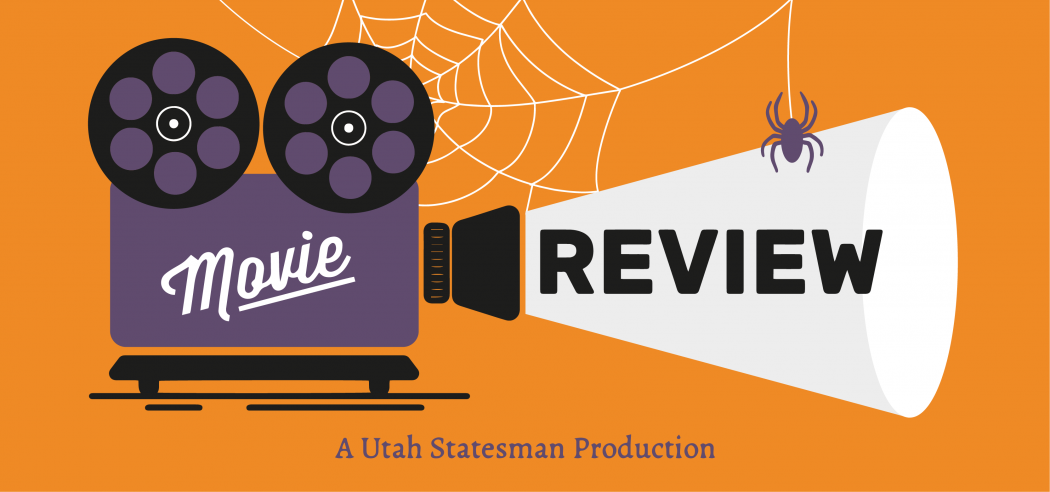Movie Review: 1978’s “Halloween”
Horror movies are in high demand during October, especially on Halloween. We all know the blueprint for what makes a “good” horror movie: blood, gore, the occult, promiscuous teenagers and a killer with an insatiable bloodlust.
No other category of these films captures those elements as well as slasher movies and 1978’s “Halloween” has been attributed as the pioneer of the genre.
The movie takes place in the fictional town of Haddonfield, Illinois, and begins with a 6-year-old boy, Michael Myers, killing his older sister in 1963. After being institutionalized for 15 years, Myers escapes and returns to his hometown to track down his younger sister, Laurie Strode, played by Jamie Lee Curtis. What commences is the methodical stalking of Strode and her friends, with the backdrop of Halloween as an anniversary of Myers killing his other sister.
![]()
In pursuit of Strode, the Shape, as Myers was referred to in the script, slaughters his sister’s friends. Also featured in the movie is Dr. Sam Loomis, who was Myers’ psychiatrist while he was in the mental hospital and acts as the uncommissioned bounty hunter attempting to return his patient to the institution. His character provides insight into Myers’ motives, or lack thereof, and fills the audience in on how disturbed the masked murderer truly is.
To him, Myers is more of an evil entity than he is a human being. One of the most chilling scenes in the movie has Loomis describing his first impressions of the troubled 6-year-old.
“I met him 15 years ago,” Loomis says. “I was told there was nothing left. No reason, no conscience, no understanding in even the most rudimentary sense of life or death. I met this 6-year-old child with this blank, pale, emotionless face and the blackest eyes. The Devil’s eyes.”
The movie’s climax sees Myers track down and chase his sister in the ultimate game of cat and mouse. Instead of playing the damsel in distress, Strode holds her own. At one point in the film, Strode asks if the man attacking her was “the Boogeyman.” Loomis simply responds with, “As a matter of fact, it was.”
Now, the plot of the film is straightforward and recognizable as a common theme in horror. It is the execution of the acting and directing, however, that makes this a classic. The movie is rife with long pauses and eerie moments of silence. The audience members are teased with suspense then caught off guard when the action finally takes place.
An underrated aspect of “Halloween” is its soundtrack. Director John Carpenter composed the score himself, with the title track consisting of only four notes played on a synthesizer. The music acts as a pulse for the film, breaking the long periods of silence with shrieking, unpleasant sounds that accentuate the jump scares and lead the audience down dark halls of the unknown.
The minimalist nature of the soundtrack is a reflection of the overall production of “Halloween.” On a budget of only $325,000, Carpenter and the rest of his crew had to be creative with what little they had to work with. Because the movie was filmed in California during the spring, not Illinois in the fall, the crew had to spray paint leaves to give the appearance of fall to the warm Southern California neighborhood. Even the mask worn by Michael Myers was just a $1.98 Captain Kirk mask painted white.
Despite the low budget and simplistic production, “Halloween” enjoys a legacy of scaring new generations based on the simple principle of “less is more.” The more an audience member has to fill in the blanks of a film with their imagination, the more tricks their mind will play on them, making the scare more powerful.
For those having a hard time finding a good movie to watch on All Hallows’ Eve, give “Halloween” a chance. After all, everyone is entitled to one good scare.

